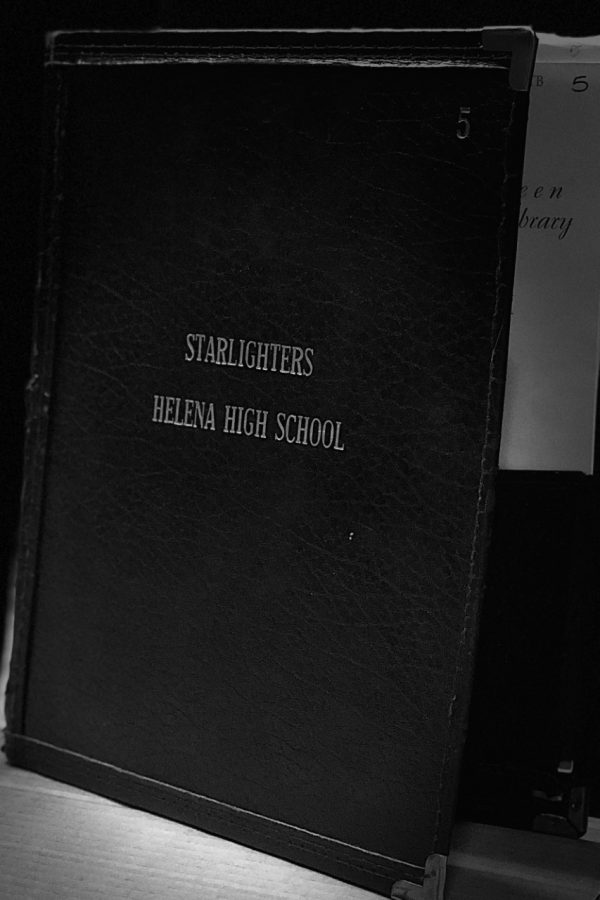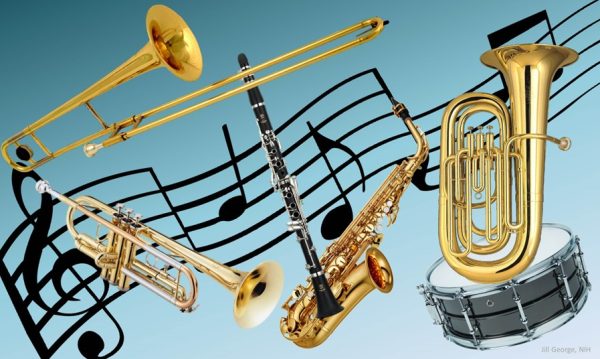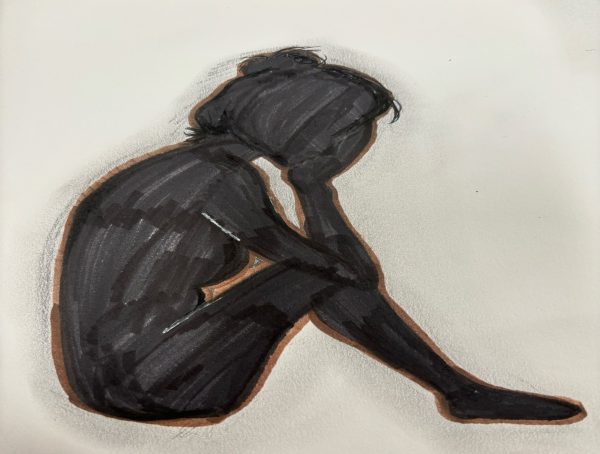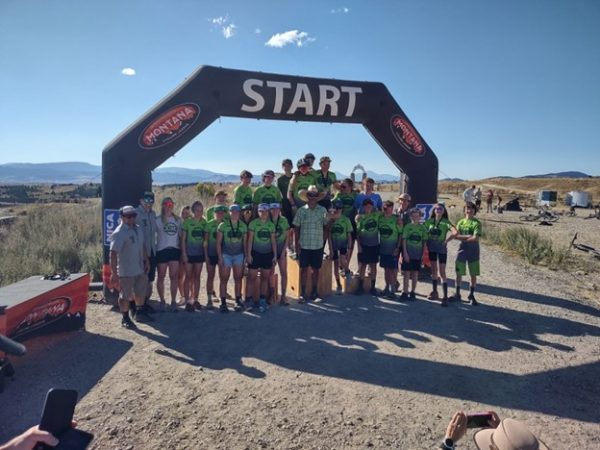Just Keep Singing: Choir in the Age of COVID-19
After eight years of leading the choir program at Helena High School, Ms. Steele’s favorite part about teaching choir is making music with her students. “Intellectually, I love doing the theory and the sight-reading…but I think I love it so much because what it really does is make you guys better at making music.”
Unfortunately, making music has become more and more of a challenge. As COVID-19 tore through the United States and as schools closed, many people wondered how certain classes (like choir) would continue remotely.
During the final months of school last year, choir classes mainly focused on things that would promote personal growth as a singer, such as individual sight-singing. Fortunately, choir students are cleared to start learning music as a class again, but there still have been some difficulties.
The biggest learning curve for choir classes has been trying to sing through masks. “…Figuring out how to make sure we are all breathing well and singing well has been a struggle,” said Ms. Steele.
While wearing a regular mask, the room around a singer’s mouth is limited. Not only does this lead to difficulty using the proper breath support needed for singing, but it also stifles a lot of sound.
To help relieve some of these downfalls with masked singing, it was being discussed whether choir classes were going to be receiving singing masks. Singing masks are specifically designed for singing, and are constructed with a more roomy, open space around the mouth. This helps choir students sing with much more ease and comfort, while still acting as a barrier to catch any droplets that could potentially spread to others.
Unfortunately, it is looking like the masks will not be provided by the Helena Public School District. Ms. Steele is still hoping to find a way to get funding for the masks, potentially by having students pay for a small portion of the bill and having the school district pay for the rest.
Besides masks, even a few of the most basic social distancing guidelines have become a hurdle for choir classes. “Just like any other classroom, we’re spaced apart, so we have that six feet of space between us as we are singing, which is good and bad. It’s good for us because it makes us stronger as individuals, but harder for us to hear each other,” Steele said. “The hardest part is just making sure we are keeping our distance…we are so used to circling into little groups and...doing all this stuff that accelerates our learning that we just can’t do.”
Smaller class sizes add another challenge. There are five different choirs under the umbrella of the Helena High School choir program, all of which are split into groups of A-day and B-day students who physically attend class (not including the number of DLI students who do not physically attend class). Although the numbers differ for each cohort and for each choir, the smaller classes have as few as 7 students to sing as many as 5 different vocal parts.
However, not all these new obstacles in choir are related to class numbers and spacing. “I, and I know a lot of [other choir students], are missing the community part of school and choir...We really do operate on a team level around here. It’s been a huge struggle…to feel like I’m just missing that connection with [my students], and especially with our DLI kids...It’s hard to only see them online and not be able to have them here with us,” Steele said.
Nonetheless, the HHS choirs are still singing loud and proud. Whether it’s choir or any other class, everyone has been facing new challenges in their own way. Ms. Steele’s advice is to “Be easy on yourself…[and] find the good in every day.”







